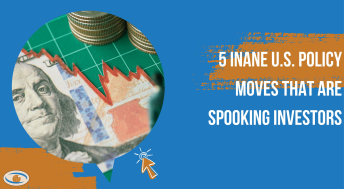When determining the type of investor you are, one needs to understand their risk tolerance. Risk tolerance is determined from two items:
Willingness to accept risk
An investor's willingness to accept risk relates to whether they are a risk-seeking individual or not. This piece caters more to the psychological side of things such as how much volatility they can withstand and what kind of returns they expect. It also looks at what an investor wants to get out of their portfolio.
Ability to accept risk
This piece focuses more on the facts of one's financial situation and less on the qualitative side. This looks at items like age, knowledge/experience, portfolio size, employment status and salary. Someone who is more able to accept risk is someone who is young, gainfully employed, understands investing and has a large portfolio to begin with.
Willing versus Able
Of course, just because someone is able to accept risk does not mean they are willing. You could be a conservative natured person but have a large portfolio. So the two items do not always align and this can cause problems.
Typically, the more conservative outcome of willingness or ability trumps the other. A lot of investing comes down to psychology and if you are not comfortable with your asset allocation (i.e. willing), you will make the wrong decisions at the wrong time no matter how wealthy or young you are. However, just because you may think you are willing to take on a lot of risk, if your portfolio is too small, you literally might not be able to take those risks that you want to! So again, generally, the more conservative result of risk willingness and ability wins out.
Once an investor has an understanding of these factors, they can then determine what investor type they are (balanced, income, conservative, etc.). From here, you can then determine how to actually structure a portfolio that matches your investment style.
Understanding yourself and your goals should really be the first step when building a portfolio. While we cannot know the ins and outs of your situation like an advisor can, this questionnaire offers a good starting point for an investor to think deeper about their investor type. Finally, if your advisor has not done some kind of questionnaire that is at least as rigorous as the one we provide, they are probably not doing their job!
Have you tried Portfolio Analytics? Try it risk-free for 60 days and see if there are any critical mistakes in your portfolio.





Comments are disabled on this post.
Comments are disabled on this post.